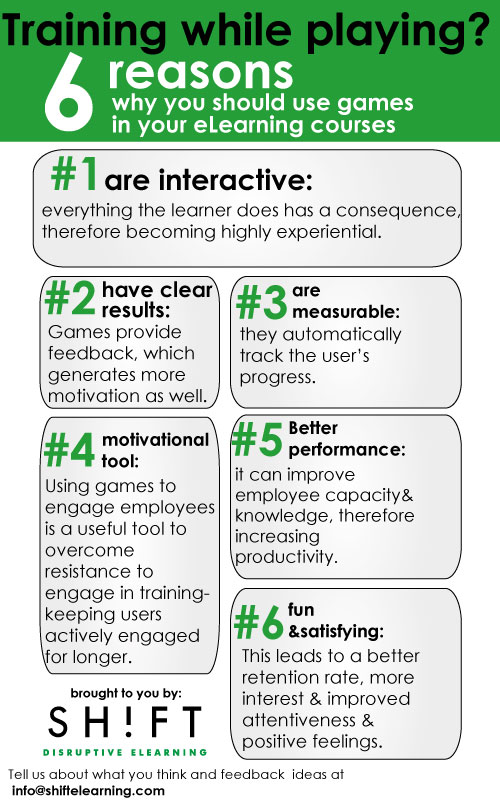These days many companies talk about training while playing working, so maybe you are wondering why? As it turns out, games help reinforce training in the workplace. Therefore, we consider you should know at least six reasons why you should start using games in your eLearning courses.








